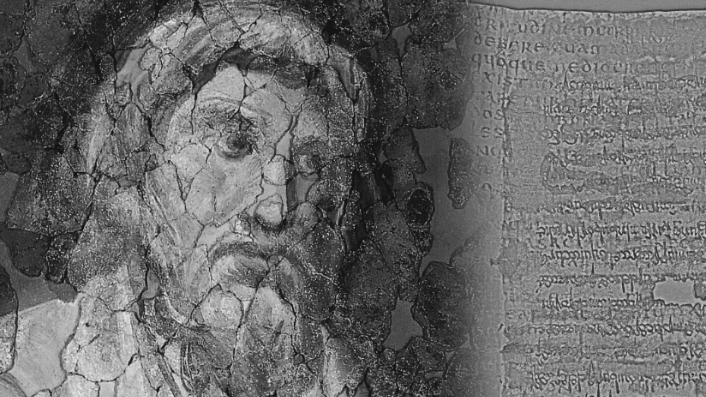EVENTI

On July 6 and 7, 2023, a major international conference will be held at the University of the Sorbonne (Salle des Actes (salle D 318), Sorbonne, 1 rue Victor Cousin, Paris) that will present to the academic public the important discoveries that emerged in May 2022 within Codex XL of the Capitolare.
This is a palimpsest: a manuscript whose parchment sheets have been erased and reused in ancient times to make a new text from the raw materials of older works and-at the time- considered less important. The palimpsests generally look very damaged, as they were subjected to very aggressive chemical treatments in the 19th century in an attempt to unearth the older writing.
Today, however, we can recover both layers of writing thanks to new technologies, particularly multispectral imaging-which relies on computers to process very high-resolution photographs taken under different lighting conditions characterized by different wavelengths.
Thanks to the latest discoveries in this technique, a hitherto unknown fragment of the Roman writer Apuleius resurfaced last year! It is a part of his Commentary on Plato's Republic-a work hitherto known only through a much later manuscript preserved in the Vatican Library. The manuscript is mutilated, and the fragment appema discovered belongs precisely to one of the missing parts. Moreover, its dating (5th-6th century) makes it the oldest fragment of this work found so far.
The discovery was made thanks to an international team of specialists from the Universities of Rochester, Oxford, Trier, Munich and Sorbonne, where this important academic initiative will be dedicated precisely to them.
